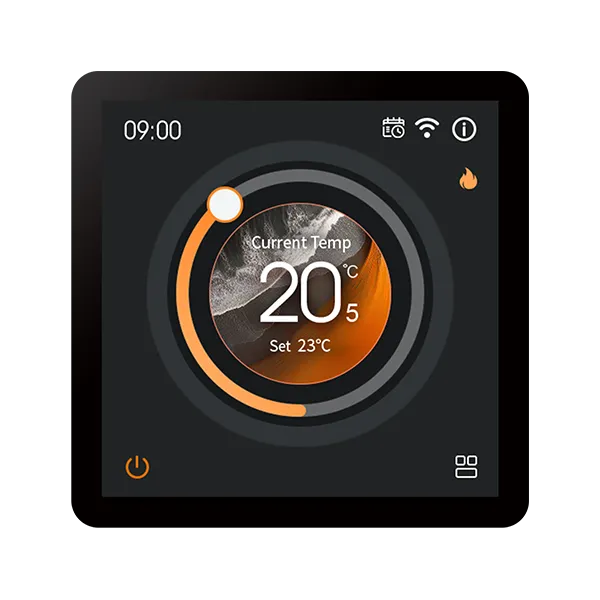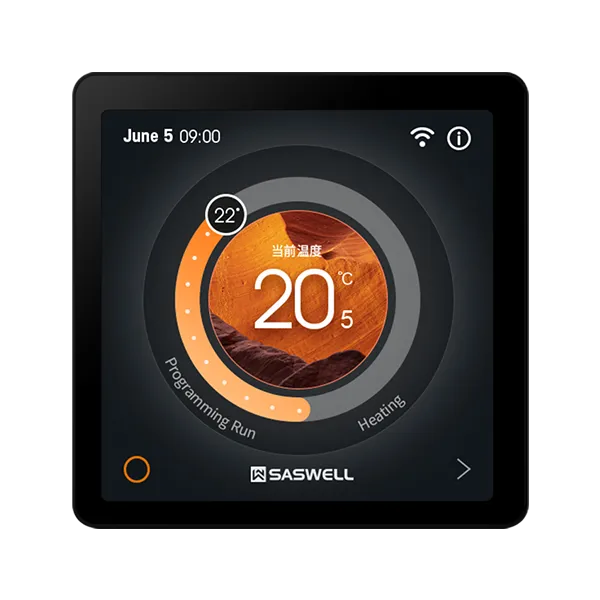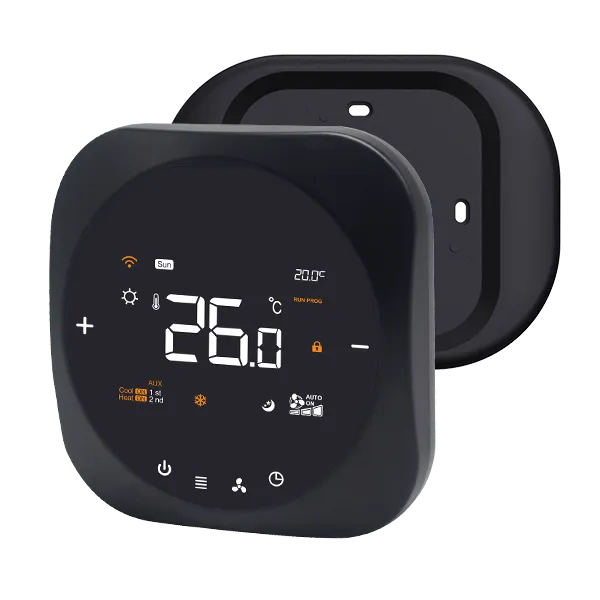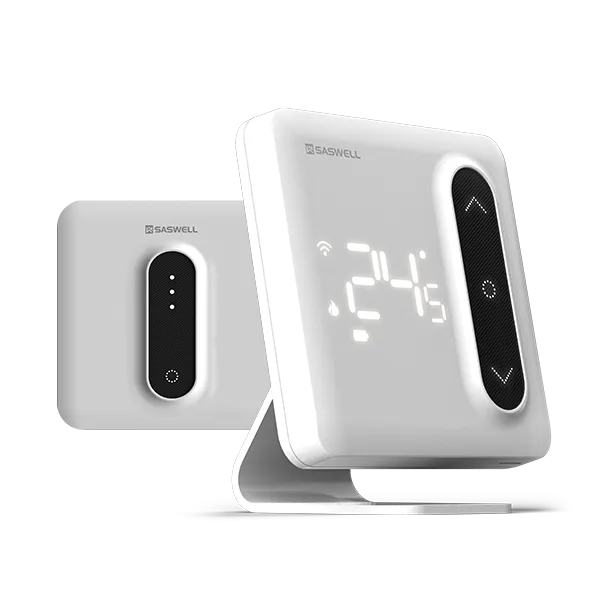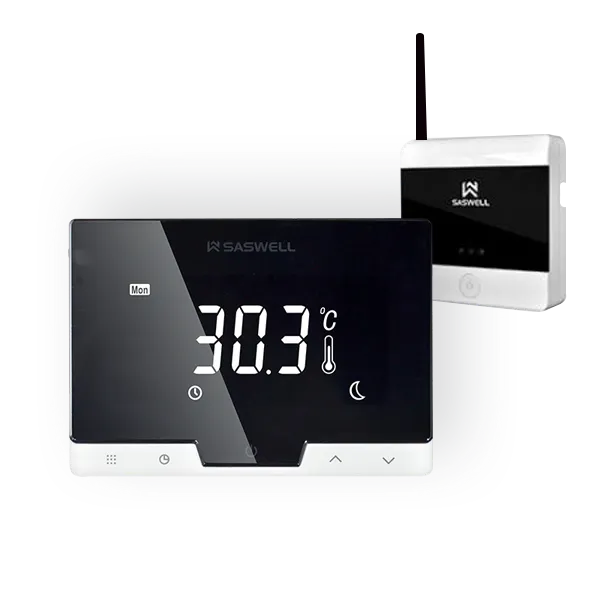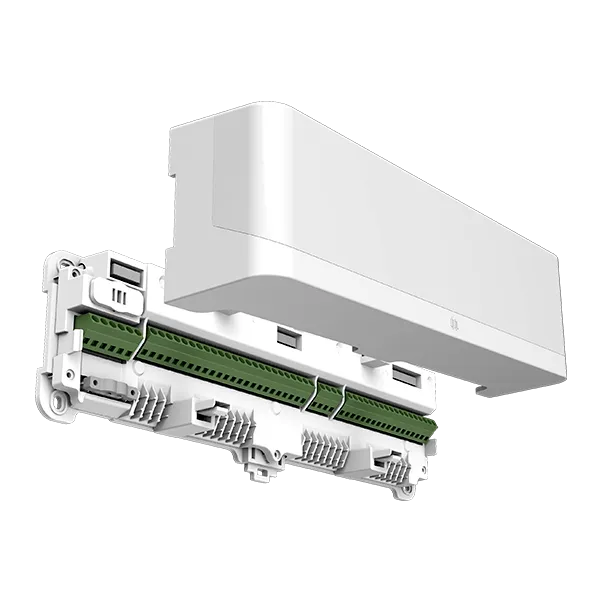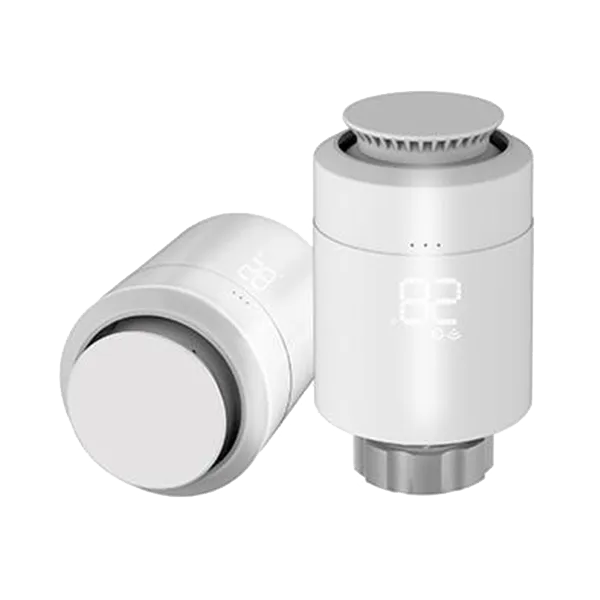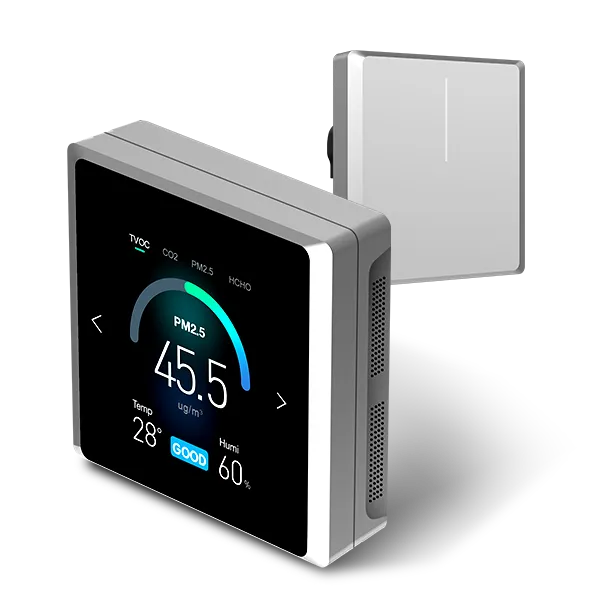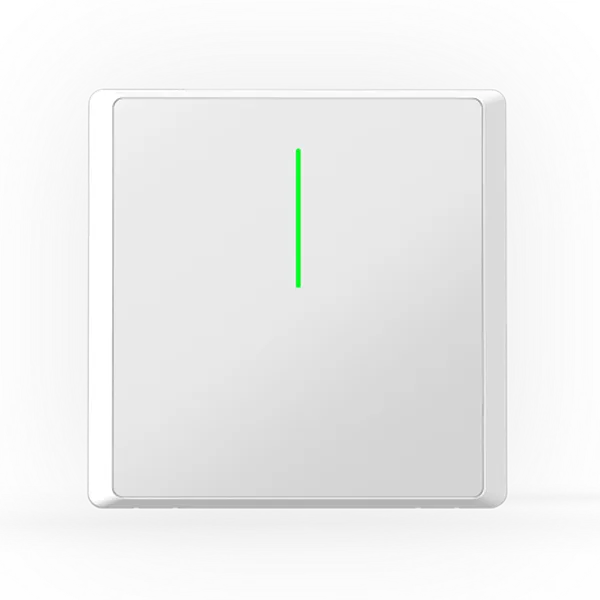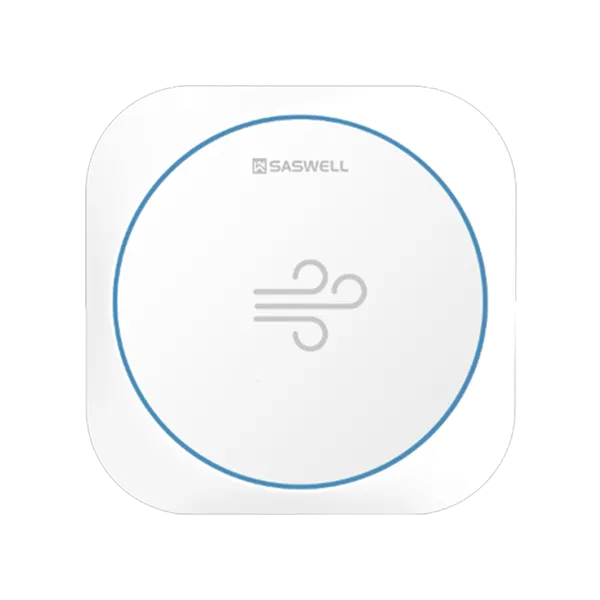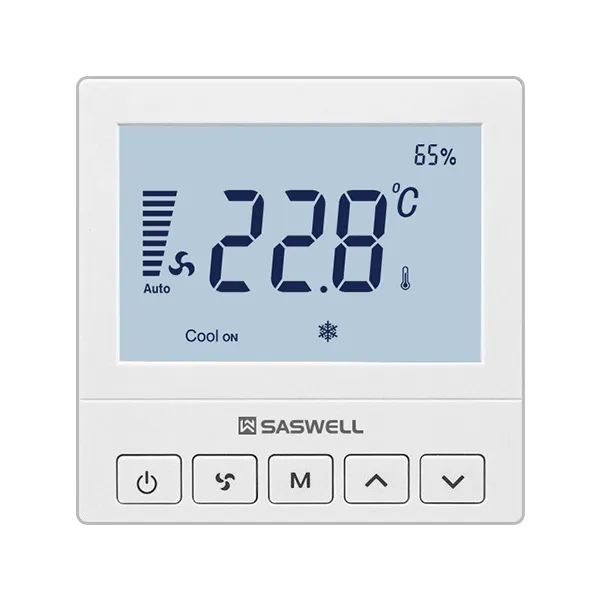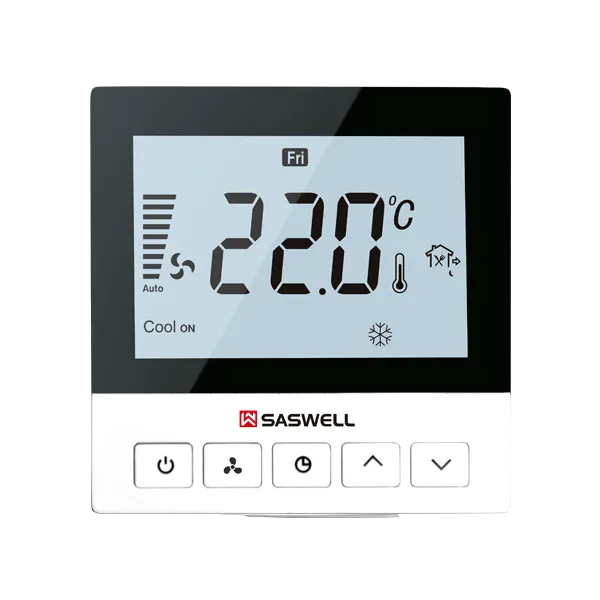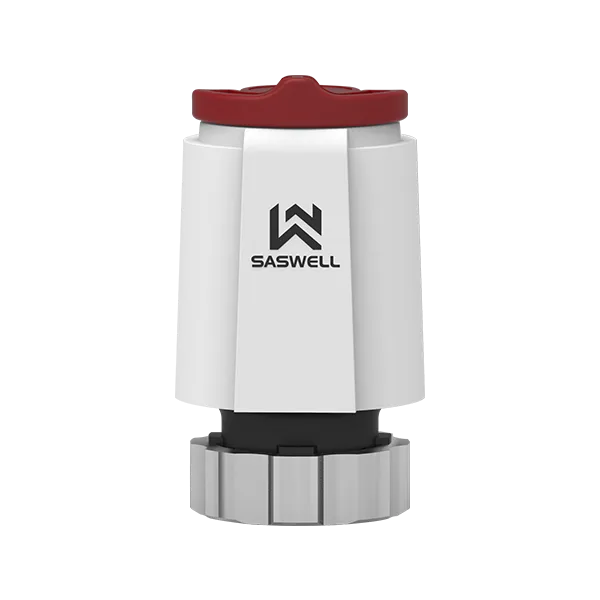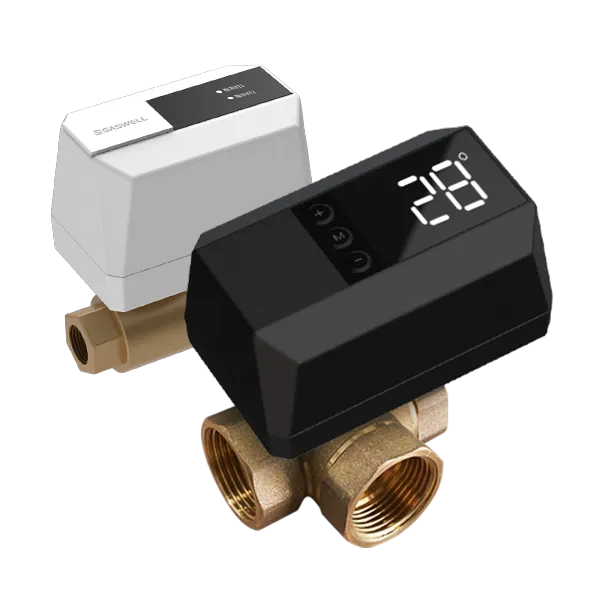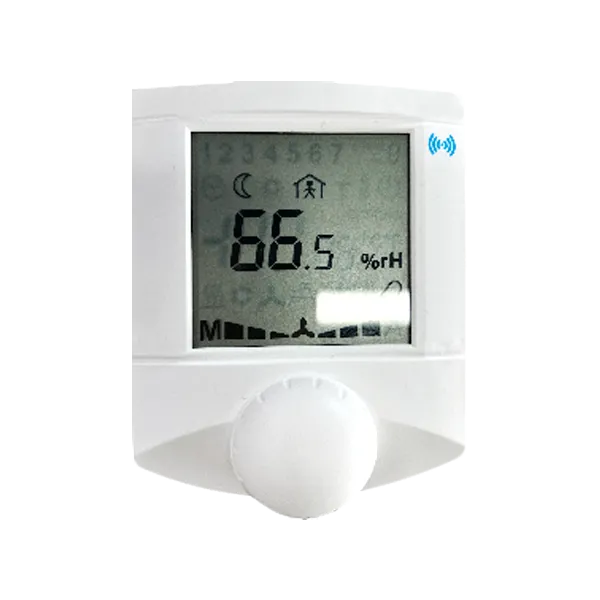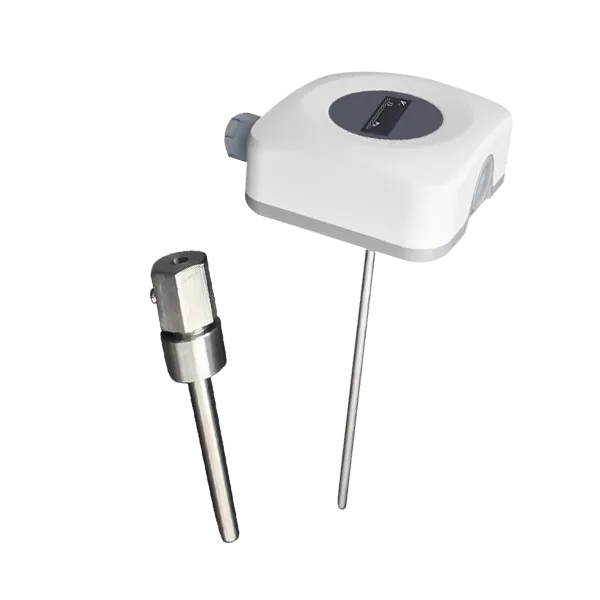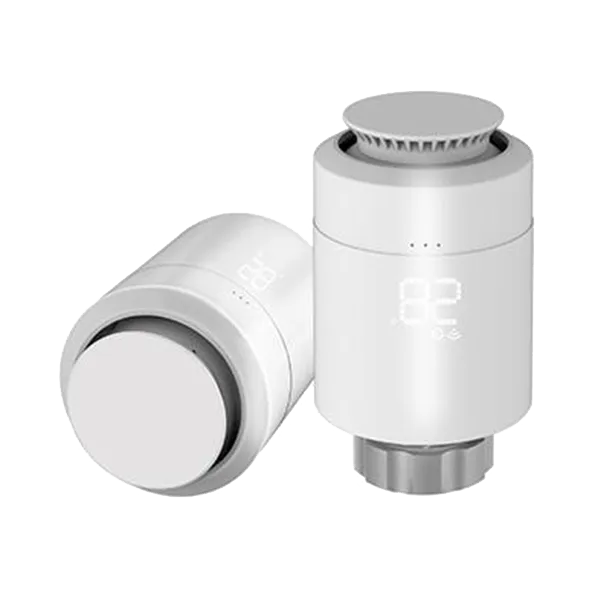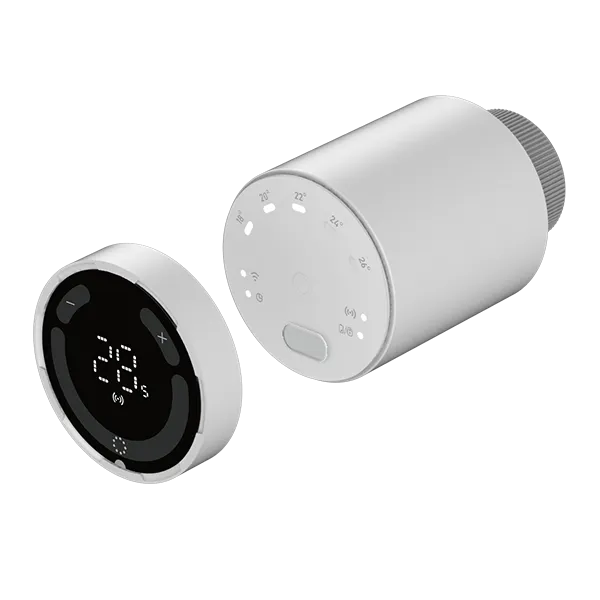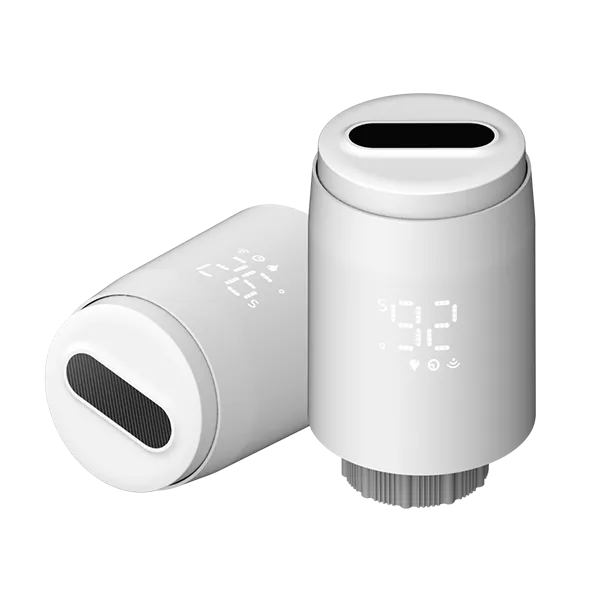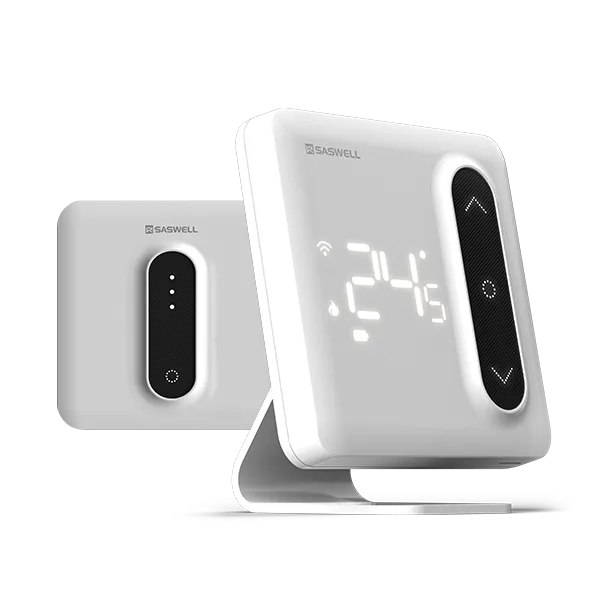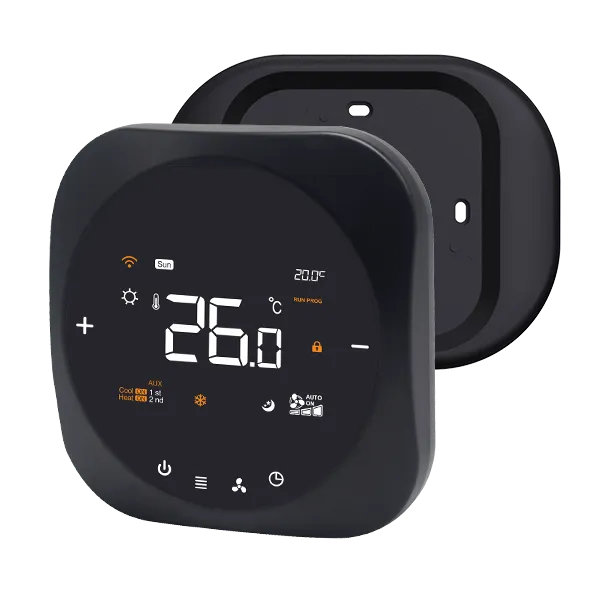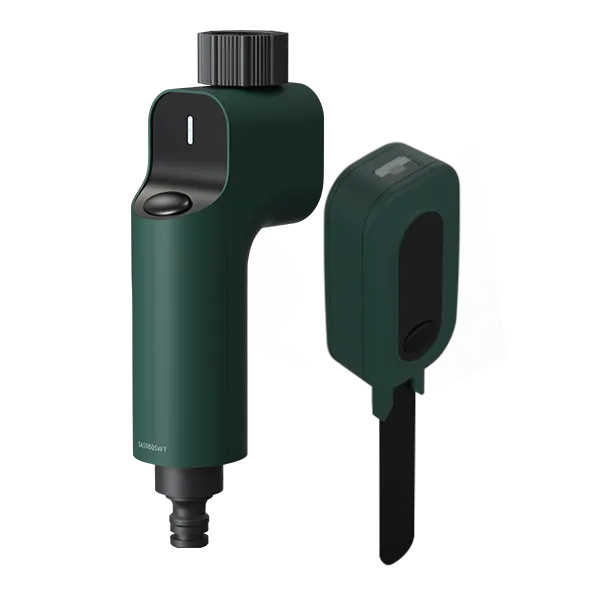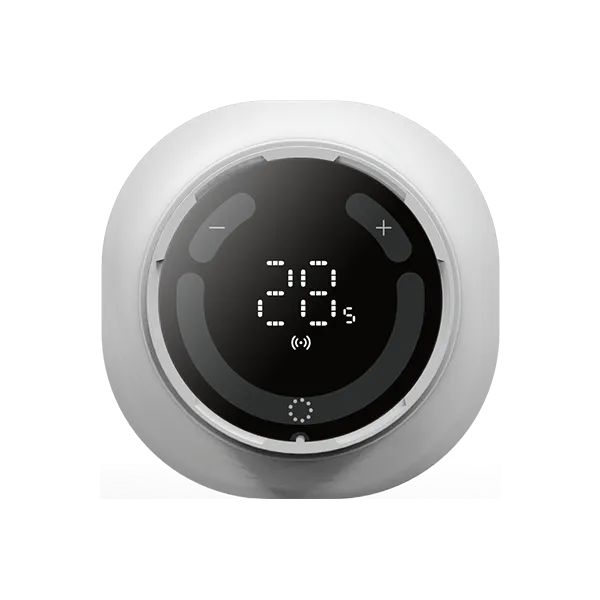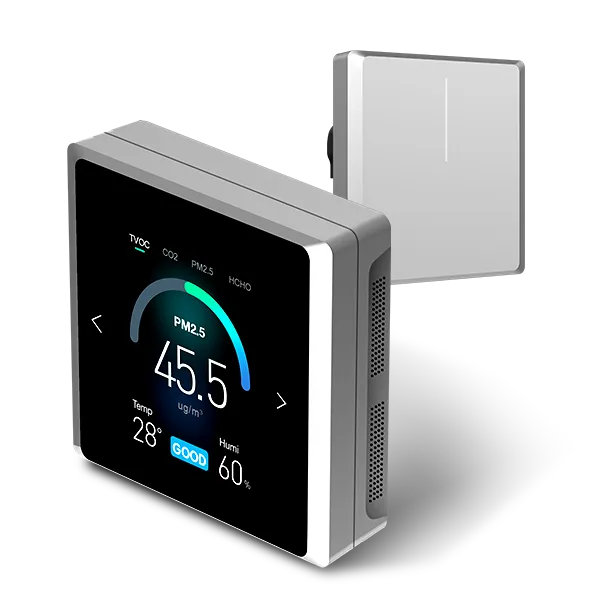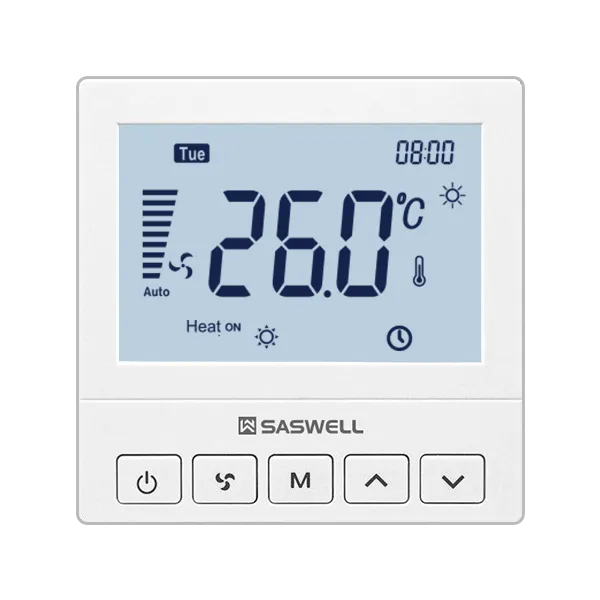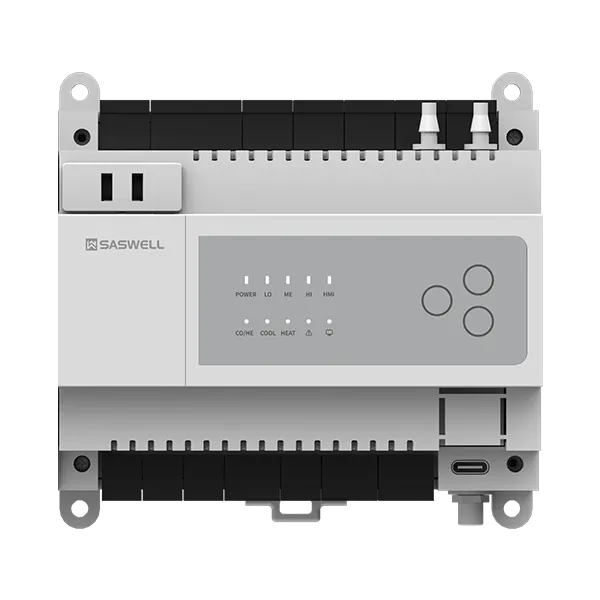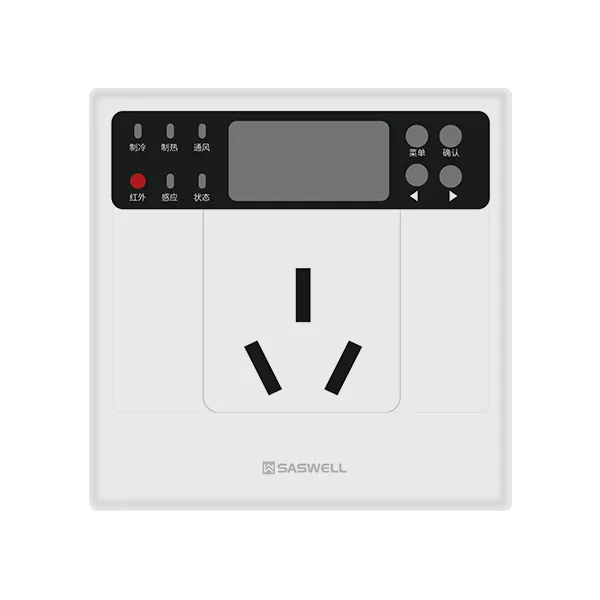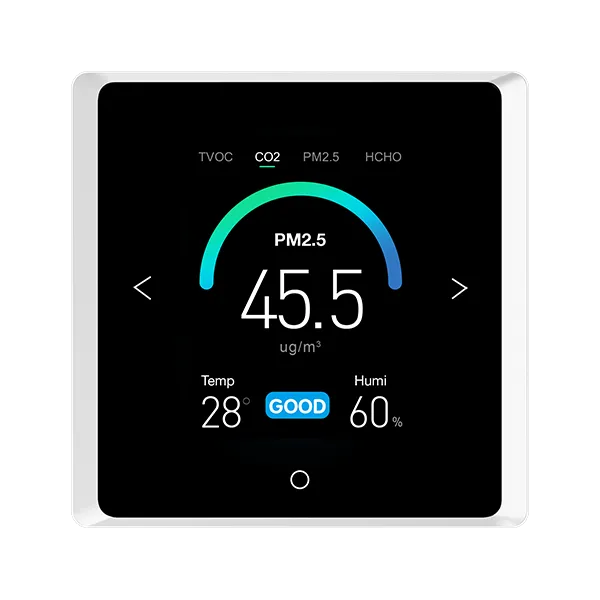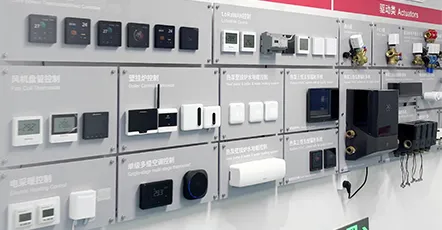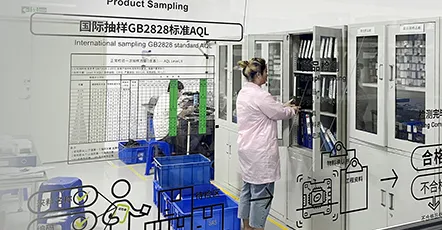If you have an old or broken Thermostatic Radiator Valve (TRV) which you would like to change, or you have a radiator with two lockshield valves and you would like to change it for a new TRV, these are the steps that you should follow:
1.Shut off the water to the heating system and then electrically turn everything off: all the programmers should be turned off and all the room thermostats are turned right down so that they are not calling for more heat. If the system is dry and the pump comes on this is likely to damage the pump and you can overheat the boiler
2.Drain off the radiator: Find the drain off nearest the radiator that you are working on. Make sure that it is below the radiator. Put a hose on to the drain off and run it outside or to a suitable drain. Put a towel or absorbent cloth under the drain off to catch any drips and leaks. Undo the drain off using an adjustable spanner, grips or a ‘star key’:
Undo all the bleed keys on all the radiators in the whole house: Use a radiator bleed key to do this and let air into the system; you will hear this happening when you open each of the keys. This prevents water being trapped by a vacuum in the system which could be released later while you are working, causing a real mess! Give the system quarter of an hour to drain down completely. An ideal time to go and have a cup of tea!
Removing the old TRV: Now that the system is completely drained down, at least above where you are working, you can remove the radiator valve which could either be one of the lockshield valves if there are two, or the old TRV. Put a towel under the valve that you are working on to catch any water which will drip as you undo the valve. Grip the body of the TRV with a pair of grips and while holding this steady push down on the radiator securing nut on the radiator side of the TRV, as shown below. Slacken this off, but do not undo it completely quite yet
Once the radiator securing nut is loose: Slacken off the nut at the bottom of the TRV, while still holding the body of the TRV with your grips. (See the picture below). Undo this nut completely, and then you should be able to return to the radiator securing nut and undo this one completely with your fingers too
Remove the TRV: You might need to work it loose but it will come off. There might be a little water that spills out from the pipe or radiator, but your towel should catch this
Clean everyting up: Clean up the pipes and joints with a cloth before apply jointing compound in order to get a tight seal when the new valve is fitted. Modern TRV are universal valves meaning that the water can flow either way through them without adjustment, but check this before you fit the new valve. There will be small arrows on the valve body which point both ways indicating that water can travel through the valve in both directions. If you are unsure, please read the manufacturers information which comes with the valve
Once you have fitted the TRV body into place, you can tighten up on both the nuts that you undid to remove the old TRV
For the more advanced: It is possible to remove the olive from the inlet pipe and then replace the connecting nut at the base of the TRV body. You can also replace the inlet and the radiator connecting nut so that you will have a new and matching nut. Use PTFE tape to get a watertight connection on the inlet
Place the thermostat unit ‘head’ on to the top of the TRV body: This should simply be screwed on by hand to fix it in place. Then set this to a relatively high ‘heat’. The new valve has now been fitted!
Close bleed valves: Close all the radiator bleed keys that you undid to drain the system. Double check these, because if you forget one, it will cause a nasty puddle when you refill the system!
Shut your drain off and remove the hose
Fill the system
1.For a gravity fed system: Go to the valve that you shut off earlier to stop the supply. This will probably be in the airing cupboard. Water will start to flow back into the system. Then go to each radiator in turn and bleed it so that all the air is released. Once you have gone around all the radiators in the house you know that they system will have been filled back up. Return to your new TRV and check for leaks
2.For pressurised systems: Open the valve of the filling loop which is typically on your boiler or in your airing cupboard. Use this to pressurise the system to 1 bar, then bleed the radiators. This will cause the pressure to drop so when no more air is coming out, you will have to return to the valve on the filling loop and re-pressurise the system. Remember to close the bleed key before re-pressurising or you will have a nasty puddle! Keep doing this until all the air has been expelled from the system and it has been totally refilled. Check your new TRV for leaks


 Building Automation MarketWe provide a one-stop terminal control product package, including thermostats, motorized valves and actuators, and environmental sensors, meeting the multiple requirements for precise control, stable operation, and integration with mainstream BMS systems in building scenarios.
Building Automation MarketWe provide a one-stop terminal control product package, including thermostats, motorized valves and actuators, and environmental sensors, meeting the multiple requirements for precise control, stable operation, and integration with mainstream BMS systems in building scenarios. Fine Decoration Real Estate Project MarketWe provide top-tier HVAC system control solutions for fine decoration real estate projects, meeting both the aesthetic match of fine décor and intelligent linkage with other systems.
Fine Decoration Real Estate Project MarketWe provide top-tier HVAC system control solutions for fine decoration real estate projects, meeting both the aesthetic match of fine décor and intelligent linkage with other systems. Smart Home Supermarket & E-commerce MarketAs a leading brand in TRV (Thermostatic Radiator Valve) control technology, we provide mature HVAC control product kits for supermarket and e-commerce channels, helping channels quickly achieve scaled sales.
Smart Home Supermarket & E-commerce MarketAs a leading brand in TRV (Thermostatic Radiator Valve) control technology, we provide mature HVAC control product kits for supermarket and e-commerce channels, helping channels quickly achieve scaled sales. Digitalized Energy-Saving MarketLeveraging professional system integration with wireless technology, we support various public spaces like offices, hotels, and shopping malls to implement energy-efficient solutions, achieving intelligent lighting, air conditioning, and facility management.
Digitalized Energy-Saving MarketLeveraging professional system integration with wireless technology, we support various public spaces like offices, hotels, and shopping malls to implement energy-efficient solutions, achieving intelligent lighting, air conditioning, and facility management.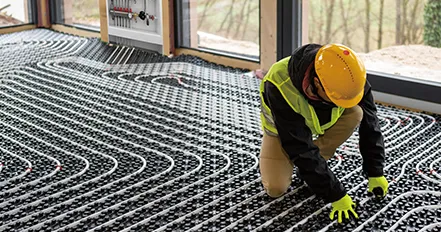 Home Decoration Channel Retail MarketAs a leading supplier in the HVAC automatic control field, we provide residential HVAC control systems with localized implementation capabilities for the home decoration retail market, balancing installation delivery and user experience.
Home Decoration Channel Retail MarketAs a leading supplier in the HVAC automatic control field, we provide residential HVAC control systems with localized implementation capabilities for the home decoration retail market, balancing installation delivery and user experience. Global Leader in Intelligent Environmental Control SolutionsSaswell is a technology-driven platform enterprise specializing in intelligent environmental control solutions.LEARN MORE
Global Leader in Intelligent Environmental Control SolutionsSaswell is a technology-driven platform enterprise specializing in intelligent environmental control solutions.LEARN MORE
